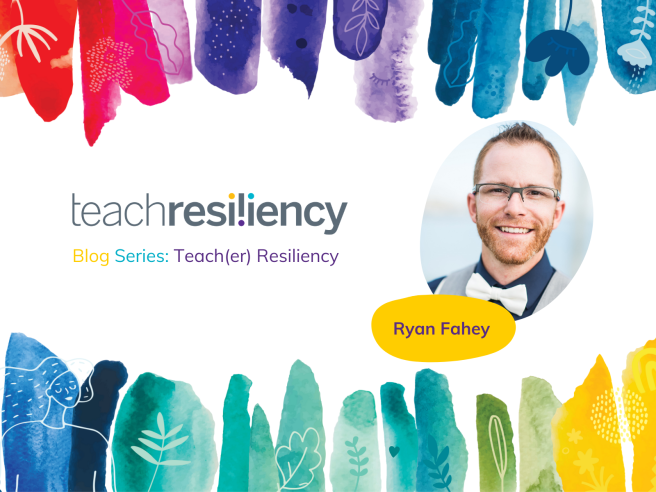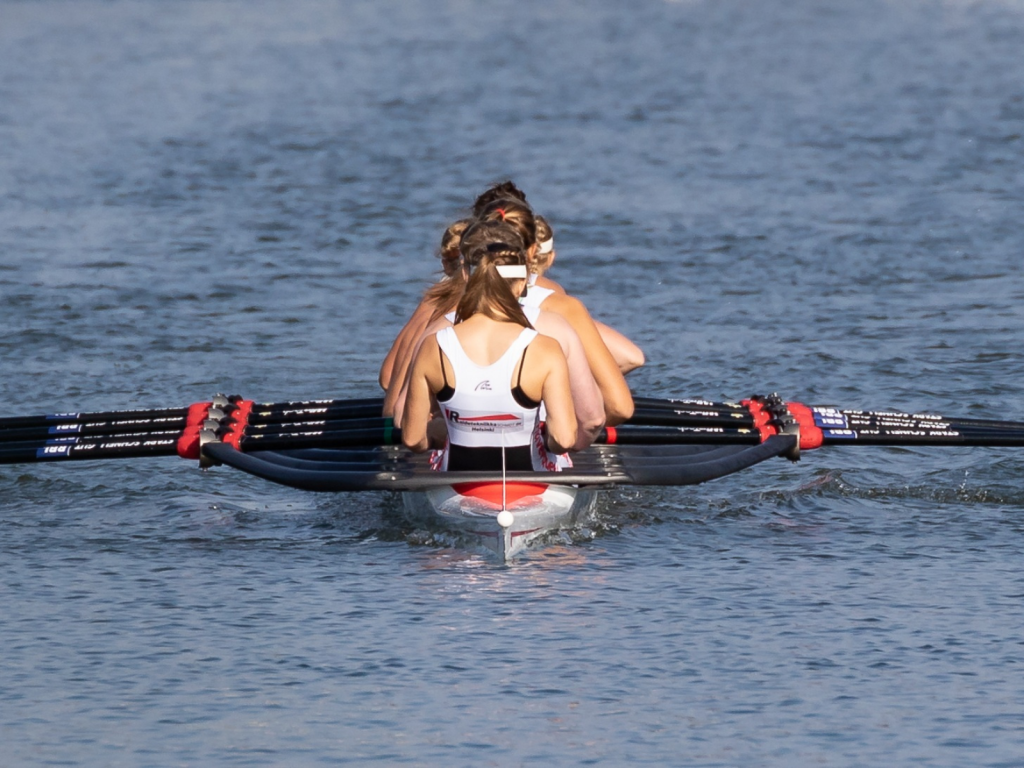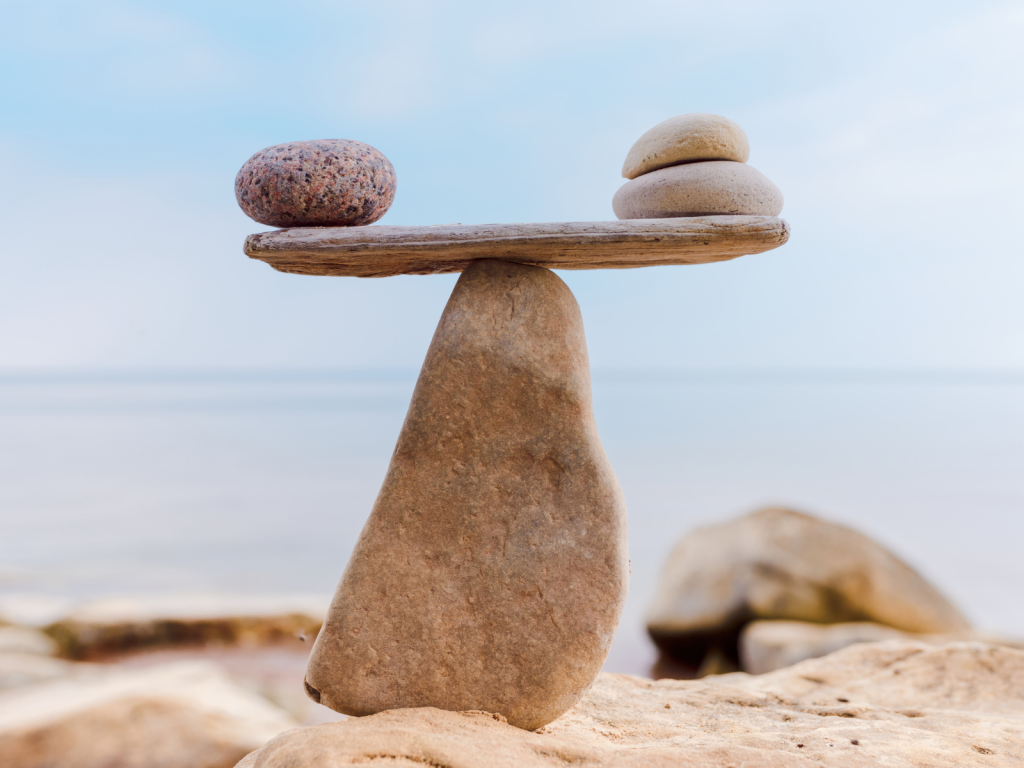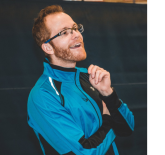Teach(er) Resiliency Blog Series: The Power of Values to Drive Your Well-Being

Teach(er) Resiliency Blog Series: The Power of Values to Drive Your Well-Being
As educators, you are all too familiar with the importance of promoting healthy habits and values with students so they can flourish — but what about our own habits and values? Where do they sit within the hierarchy of things when we give, give, and give day in and day out?
How can values drive our well-being?
James Clear, the author of Atomic Habits, says it best:
“Every action you take is a vote for the type of person you wish to become.”
So how do we cast more votes for a healthier self?
In order to answer this question, we first need to step back and ask ourselves what may be holding us back from the time, energy, and mental space we need to not only think about our own habits, but to challenge them, evolve them, and reinstitute new, healthier versions of them into our lives.
The best place to start is to take a few moments and ask yourself: What are my top 3–5 values when it comes to my well-being? Take the time to brainstorm these values and write them down. Once you are clear on your values, you can intentionally focus on how you will connect these values with your habits.
The next step is to think about the big things you do each day that add to living according to those values. For example, if you value healthy eating and a habit you have is cooking at least 2–3 healthy meals a week, write that down.
Once you’ve recorded all of the big things you do that support your values (which result in improved well-being), it is now time to make a separate list of the things that may be detracting from your values each week. For example, if you value free time with your kids and that contributes to your well-being but coaching multiple sports each season is taking up your evenings and weekends, write that down.

Once you have created the list of all of the things that are taking away from what you value most, it’s time to focus on beginning to say “no” to these things so that you can say “yes” to more things that contribute to your highest values.
This is where the rubber hits the road.
In my experience, saying no is one of the hardest things to do — especially when we live and breathe going above and beyond for everyone, at a moment's notice, all the time. If this is you, repeat after me:
“I won’t lose my job for saying no and protecting my well-being. I have rights as an educator and it's important for me to be well so I can teach well.”
“If people get mad at me for saying no, I can’t control their reaction to me prioritizing my well-being and my highest values.”
“Voicing my needs is both healthy and important at any age and stage of life.”
“I am enough and I don’t need to do more to be enough.”
“I don’t care any less about my teaching and/or my students because I’ve said no to something. If anything, I care more because by saying no, I am actually saying yes to being a more energized educator living in harmony with my highest values.”
Once you begin to live, breathe, act and work more in line with your values rather than toward constant (and often changing) external expectations, you can begin to find space to carve out your own well-being as well as your inner strength. You may find yourself saying no to coaching that extra sports team so that you can say yes to quality family time on the weekend. You may find yourself saying no to eating unhealthy foods because you now have a bit more time in your week to make more healthy meals.
Small good things manifest into big great things.
What begins to happen here is that by living in harmony with your highest values, you begin to form new habits — and those new habits over time can keep your well-being moving forward. It’s like having your entire rowing team all paddling in the same direction, with the same effort, in sync over a long period of time. When moving forward in harmony, good things happen.

As you continue rowing toward your well-being rather than away from it, it’s important to remember that progress is not linear. Bumps and turns in the road will come up that can easily throw you off our game, leaving you feeling unwell and not in harmony. When these moments happen, it’s even more important to weather the storm by consolidating what you can control and letting go of what you can’t.
For example, if you end up getting sick, you can’t control how long you will be sick or the severity. However, you can often control how you bounce back from an illness or turbulent time. Coming back to your values list, re-evaluating them, and intentionally choosing actions that will support your habits is the best way to get back on track with your well-being.

At the end of the day, educators educate, and sometimes that education needs to be on the self when it comes to questioning your well-being needs. Park your inner critic and remind yourself that just as your students are on a learning journey, you too are on a learning journey as you go through life and your career. Life happens and we are all seeking the same destination of health, happiness, joy, purpose, and fulfillment. How we reach that destination and what we value along the way is unique to each and every one of us.








